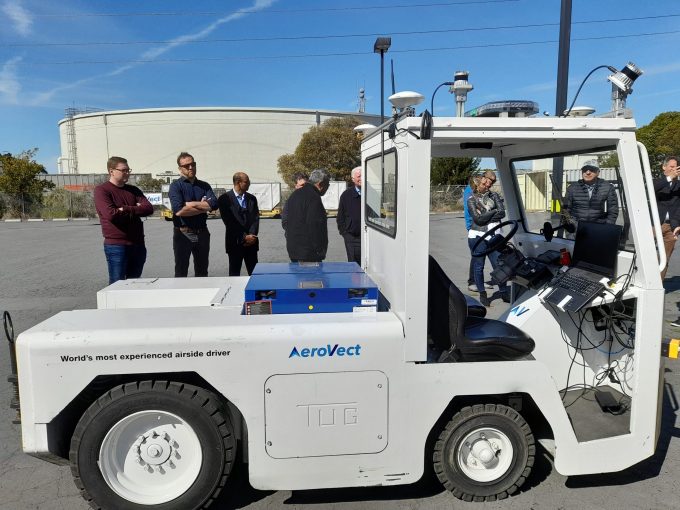Shiny new TIACA: small event, but big decision-makers and even bigger ideas
If you thought TIACA was just a bunch of old men, high on viagra and politicking ...

During TIACA’s Innovation days in Silicon Valley last month, organised by Matchlabn, senior delegates from across the air cargo industry met a wide variety of start-ups. The Loadstar is publishing a series of short articles looking at new technologies potentially suitable for the industry.
Start-up: AeroVect
Device: ...

Comment on this article